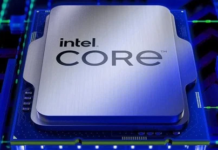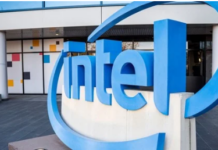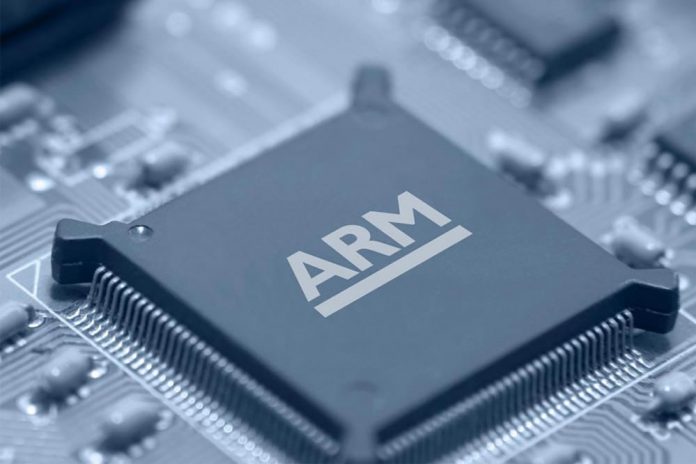Screens have improved the most in recent years in our terminals, from HD resolution (1280×720) in 2012 to 4 times more with QHD (or Quad HD, 2560×1440) in 2014. Last year, we even saw our first 4K mobile screen. Today ARM launches its Mali-DP650 graphics processor. We will clarify its contours.
First, what is a graphics processor? It’s a key component inside your smartphone, it’s key because it translates the digital content produced by the CPU and GPU into a unit of time that can be understood by the screen itself. Knowing that Samsung and Arm have signed a partnership, maybe we’ll find it in the next Galaxy? Let’s find a diagram that synthesizes how the processor works:
To get into the technical details, the British company has doubled the size of its AXI bus within a Mali-DP650 to 128 bits and uses a “shared screen” mode to double the pixel data rate, an effective way to process all the mass of pixels that high-resolution screens require. A variable refresh rate is also available to optimize the efficiency of the energy expended, which is useful for mobile applications. Nothing is more surprising when it comes to processors, some will work tomorrow thanks to light. Going back to DP-650, MARK Dickinson, CEO of ARM, writes about it:
The Mali-DP650 will be used for multi-layered screens, graphics and videos in Full HD (1920×1080) or more while maintaining excellent image quality and battery life
But that’s not all: ARM has also included some additional features with its processor, based on the capabilities of its predecessor, the Mali-DP550. The DP650 can support image rotation, scale and compression on its own, whereas these tasks are usually reserved for the GPU.
This will free up workload and reduce energy consumption. It is designated to provide fluidity at 60 fps, even in case of 4K resolution. Will the processor adjust its resolution to the content on the screen, like the Sony Xperia Z5 Premium? The question arises. In any case, the Mali-DP650 is a processor that looks promising, what do you think?
































